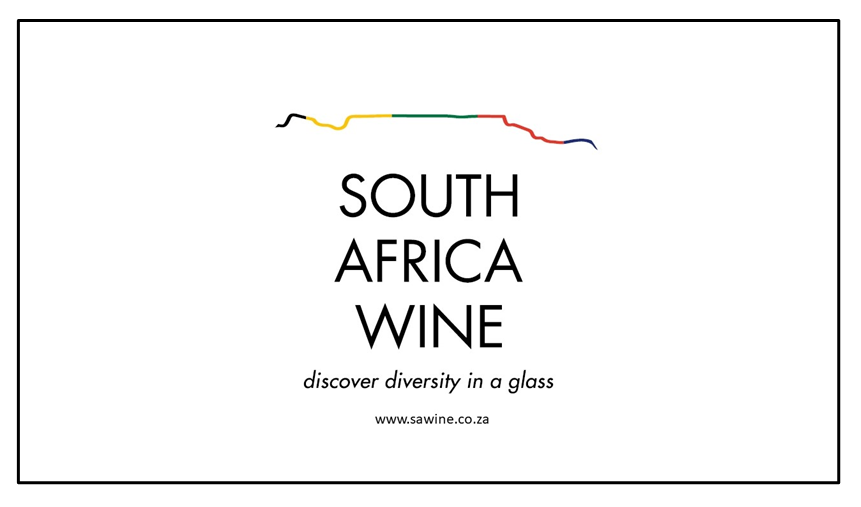Berry Heterogeneity as a Possible Factor Affecting the Potential of Seed Mechanical Properties to Classify Wine Grape Varieties and Estimate Flavanol Release in Wine-like Solution
Abstract
Seed mechanical properties were instrumentally measured by compression testing in thirty white andred wine grape varieties at harvest. The effect of berry heterogeneity in a vineyard on these seed texture
parameters was also evaluated to improve the understanding of intra-sample variability. Furthermore, the
mechanical properties of the seeds were assessed as possible predictors of their phenolic extractability. The
results show that the texture parameters of the seeds are independent of the location of the berry in the
vineyard and the soluble solid content at harvest. Densimetric flotation of the berries permits the reduction
of the intra-sample variability that could hinder the differentiation and/or classification of wine grape
varieties according to seed mechanical attributes. Cluster analysis classified the wine grape varieties studied
into three groups according to seed hardness (low: 32.51 to 40.80 N, intermediate: 42.84 to 44.99 N, high:
46.71 to 57.78 N). The relationships between the seed mechanical properties and the extractable content
of phenolic compounds, determined by spectrophotometric and chromatographic reference chemical
methods, were evaluated by means of correlation analysis. Linear regression calibration models were
developed for each cluster. The statistical parameters highlighted that total flavonoids, proanthocyanidins
and flavanols reactive to vanillin can be predicted successfully from the seed mechanical properties for the
varieties having low and intermediate seed hardness (SEC% ca. 20, RPIQ > 1.6). For varieties with harder
seeds, a satisfactory predictive accuracy seems to require the construction of separate calibration models
for each cultivar (Nebbiolo, SEC% ca. 20, RPIQ > 2.2).
Downloads
A copyright form will be e-mailed to the corresponding author when the manuscript has been accepted for publication.
In principle, the Author agrees to the following when he/she signes the copyright agreement:
I hereby assign to the SOUTH AFRICAN SOCIETY FOR ENOLOGY AND VITICULTURE (SASEV) the copyright of the text, tables, figures, supplementary material, illustrations and other information (the Material) submitted with the manuscript to be published in SOUTH AFRICAN JOURNAL OF ENOLOGY AND VITICULTURE (SAJEV) (the "Article"). The copyright becomes effective from the date the Article has been accepted for publication in SAJEV.
This is an open access journal, and the authors and journal should be properly acknowledged, when works are cited.
Author's may use the publishers version for teaching purposes, in books, theses, dissertations, conferences and conference papers.
A copy of the authors' publishers version may also be hosted on the following websites:
- Non-commercial personal webpage or blog.
- Institutional webpage.
- Authors Institutional Repository.
The following notice should accompany such a posting on the website: This is an electronic version of an article published in SAJEV, Volume XXX, number XXX, pages XXX - XXX, DOI. Authors should also supply a hyperlink to the original paper or indicate where the original paper (www.journals.ac.za/index.php/sajev/) may be found.
Authors publishers version, affiliated with the Stellenbosch University will be automatically deposited in the University's Institutional Repository SUNScholar.
Articles as a whole, may not be re-published with another journal.
The following license applies:
Attribution CC BY-NC-ND 4.0

